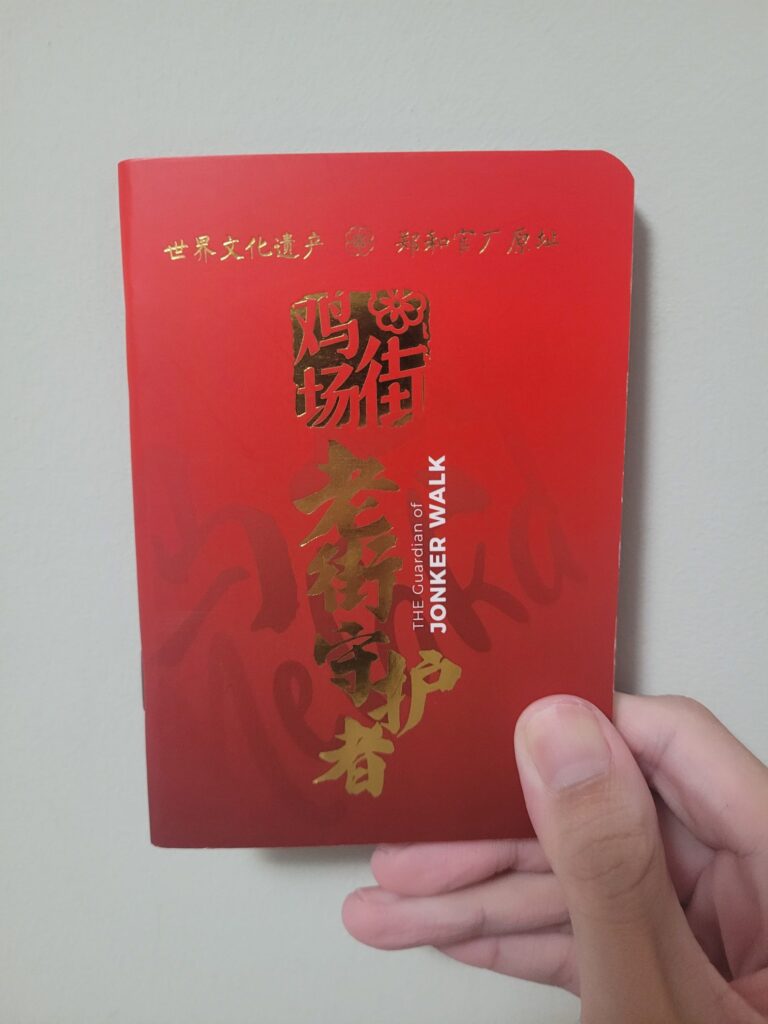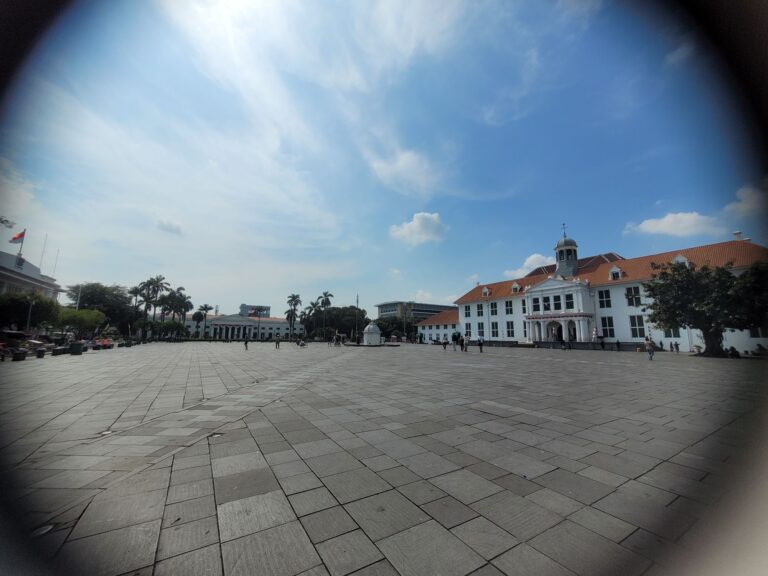China train tickets? How do I get my hands on them?
Trains, especially high-speed ones, connect major cities quickly in China. Modern trains provide comfortable seating and good amenities. It is efficient, comfortable, and often faster than flying between many cities. Enjoy unique views of China’s diverse landscapes by looking out of the window. As China rapidly develops, more and more train stations and lines have been developed, reaching almost every corner of the country.
Train travel is an excellent way to see this incredible country. While booking tickets online can appear challenging due to language and unfamiliar systems, this guide will help you. Consider this your companion to understanding China’s train ticket process.
Types of Trains in China: More Than Just Speed
China uses different letters to classify its trains. Here are the main types:
High-Speed Trains (高铁 – Gāotiě):
- G Trains: These are the fastest, reaching speeds up to 350 km/h. They connect major economic zones and tourist cities. They offer modern comforts and are very punctual.
- D Trains (动车 – Dòngchē): These are also high-speed, slightly slower than G trains (up to 250 km/h). They serve many of the same routes and also connect to smaller cities.
- C Trains (城际 – Chéngjì): These are intercity high-speed trains, usually connecting a major city with nearby towns or cities within a specific region.
Conventional/Normal Trains (普速列车 – Pǔsù Lièchē):
- Z Trains (直达 – Zhídá): Direct trains with fewer stops, often overnight, primarily offering sleeper berths.
- T Trains (特快 – Tèkuài): Express trains that stop at major cities. They offer both seats and sleepers.
- K Trains (快速 – Kuàisù): Fast trains that stop at more stations than T trains, a good budget option.
- Y Trains (旅游 – Lǚyóu): Tourist trains, often running on scenic routes.
- S Trains (市郊 – Shìjiāo): Suburban commuter trains.
- Numbered Trains (普客 – Pǔkè): The slowest trains, stopping at many small towns and villages. These are basic and the most economical.
When to choose which type:
- For speed and comfort between major cities: Choose G or D trains.
- For overnight travel or budget constraints: Consider Z, T, or K trains.
Understanding Seat Classes: Comfort vs. Budget
Seat classes vary between high-speed and conventional trains. Let’s focus on high-speed trains because that will likely be what is most relevant to you.
- High-Speed Trains (G, D, C Trains):
- Business Class: The most luxurious option. Features spacious, fully reclining seats, often in a 1+2 or 1+1 configuration. Includes complimentary snacks, drinks, and sometimes meals. Provides access to VIP lounges at some stations.
- VIP Class: Similar to Business Class on some trains, or a step above First Class on others.
- First Class: Comfortable and spacious seats, usually in a 2+2 configuration. More legroom than Second Class. Power outlets are usually available.
- Second Class: The most common and economical option on high-speed trains. Seats are in a 2+3 configuration. Still comfortable for most journeys – this is always my choice, I honestly don’t see that big a difference in comfort.
- Standing Ticket (无座 – Wúzuò): Allows you to board the train without an assigned seat.
Pre-Booking Essentials: Documents & Details for Foreigners
Before you start booking, gather these essential items:
Your Passport: This is the most important document. You need a valid passport to book train tickets and to board the train. Keep digital and physical copies.
Chinese Visa (if relevant): Ensure your Chinese visa is valid for your travel dates. You might need to present it when collecting tickets or boarding.
Exact Names: Your name on the train ticket must exactly match the name on your passport. This includes the order of names and any middle names. Errors can prevent you from boarding.
Your Itinerary: Have a clear plan of your destinations, travel dates, and preferred train times. This makes the booking process smoother.
How to Buy China Train Tickets: Your Options as a Foreigner
You have several ways to buy train tickets in China. Online booking is often the most convenient method.
China Railway Official Website/App (12306.cn): The Direct Route
Overview: This is the official platform of China Railway. It offers tickets at face value without booking fees. The website and app now have English versions, catering to foreigners.
Pros:
- No service fees.
- Real-time seat availability as you are purchasing directly from the official platform.
Cons for Foreigners:
- The account verification process for foreign passports can take time (sometimes a few hours to a day).
- Payment with international credit cards can sometimes be problematic, though acceptance is improving.
- It can be rather troublesome and convoluted to purchase your tickets, but it worked for me when I did it.
My Step-by-Step Guide for 12306:
- Account Registration: Visit https://www.12306.cn/en/index.html or download the app. This is the direct link to the English version. Register an account using your email address and create a password. Add your passport information accurately. The system will verify your details your details later. This verification is crucial for purchasing tickets.
Be careful with regards to the name – make sure you click on “Rules for filling out passport information”. It is SURNAME + GIVEN NAME. If you are ALAN TAN XIAO MING – fill it in as TAN ALAN XIAO MING (Look at the bottom of your passport for help)

- Verify Email: Check your email for the account activation email – it ended in my spam email so check there.
- Passport Verification: Go to user information, and click on Online Verification. Upload your passport photo and a photo of you holding the passport.

- If you prefer using the app, note that the app can only verify tickets in Chinese. Follow the blue options to move on to the next screen.
- You can try doing this manually in person at the train station as well if you need to.
- Add Passengers: Add any other travelers in the My Passengers page, ensuring passport details are correct. It is more straightforward, note that having a foreign mobile number is not essential.
- Search for Trains: Enter your departure city, arrival city, and travel date. Use pinyin for the names of the cities. Tickets go on sale 15 days before departure.

- Select Train and Seat: If you manage to reach this screen, fantastic (because more often than not there will be an error – we will troubleshoot later)! Choose your preferred train and seat class from the available options.

- Form: Select the passengers that you want to purchase tickets for.

- Payment: Try to pay using accepted international credit cards (Visa, Mastercard are sometimes supported). Alipay or WeChat Pay (if you have access) are more reliable options on this platform. After payment, you’ll see a booking summary. Note your order number.

Third-Party Travel Agencies: Convenience and Support
Popular Platforms: Reputable online travel agencies (OTAs) like Trip.com (Ctrip), allow for booking China train tickets for foreigners.
Pros:
- User-friendly English interfaces.
- Much, much easier to use than 12306
- Easier payment with international credit cards and PayPal.
- Customer support in English.
- Can often book tickets further in advance (they will queue your order until official sales open) – but sometimes if it is a peak period, they may not guarantee your tickets.
- May offer package deals or other travel promotions on their website.
Cons:
- They charge a small service fee per ticket (typically $3-$10 USD) – you are essentially paying for convenience. You don’t need to set up another app as you may already have an account on Trip.com, with your details saved especially.
- But the fees can add up – I purchased multiple SGD $10 tickets with a $5 service fee per ticket
How to Book via an Agency (Trip.com in this example):
- Visit Trip.com, click on trains

- Search for trains using your travel details.
- Select your preferred train and seat class.
- Enter passenger details (name as on passport, passport number).
- Make payment using their accepted methods.
- Receive booking confirmation via email. This will include a ticket pick-up number or e-ticket information.
Very straightforward process.
Buying China Train Tickets at the Railway Station: The In-Person Experience
You can buy tickets directly at train station ticket counters if you are someone who is uncomfortable with purchasing tickets online.
Who This is For: This option works for last-minute travel or if you prefer in-person transactions.
Process for Foreigners:
- Go to the Station: Arrive at the correct train station for your desired departure.
- Find Ticket Windows: Look for windows marked “English Speaking,” “Foreigners,” or “Ticket Purchase.” If none are clearly marked, proceed to any available counter.
- Prepare Information: Have your train details (destination, date, train number if known, seat class) written down, preferably in Chinese characters if possible. They will need your passports.
- Communicate: Clearly state your request. Staff may use translation devices if there is a language barrier.
- Pay: Payment is required in Chinese Yuan (RMB). Most of China is already cashless. Have your Alipay or Wechat pay on hand. Some larger stations might accept international cards at specific windows, but do not rely on this.
As a Mandarin speaker, this went relatively smooth when I did it. They will show you a screen with the timings and you can inform them which is the train you are keen to board. Rather pleasant and friendly experience I must say.
Challenges:
- Long queues, especially during peak season or holidays, and tickets may have run out if you are looking to purchase tickets on popular routes/timings by the time you have the opportunity to come down to the station.
- Potential language barrier with staff if you don’t speak Mandarin or your Mandarin is poor (don’t worry I will write a post on this in my Language Learning section someday)
- Don’t bother trying out the self-service ticket machines at stations, they usually only work with Chinese national ID cards, not foreign passports. I tried it myself
From Booking to Boarding: Tickets, Stations, and Getting Onboard
Once you have your booking, here is what to expect.
Ticket Collection & The Rise of E-Tickets in China
- E-Tickets (Paperless Travel): China has widely implemented an e-ticket system. For many routes, especially high-speed trains, your passport is your ticket. You do not need a physical paper ticket. You can board by scanning your passport at the gate. Both times I purchased tickets online (through 12306 and Trip), having my passport was sufficient.
- Always keep your booking confirmation accessible (digital or printed) as a reference.
- Physical Tickets: If you booked online through an agency or 12306 and need/want a physical ticket, you can collect it at any train station in mainland China, but when I attempted to do so, they rejected me.
- Go to a ticket counter (not a self-service machine).
- Present your passport(s) and the ticket pick-up number (if provided by an agency).
- If you purchased a ticket directly from the counter, they will hand you a receipt with a QR code as proof of purchase.
Navigating China’s Vast Train Stations: A Mini-Guide
Chinese train stations are often large and busy.
- Arrive Early: Allow plenty of time. For major stations or if it’s your first time, arrive at least 60-90 minutes before departure. Do not underestimate this, arriving 60 minutes before will make life much easier for you given that you are foreign to the country.
- Security Checks: You and your luggage will go through security screening upon entering the station.
- Departure Boards: Look for large electronic departure boards. These are usually bilingual (Chinese and English). Find your train number to see the boarding gate (检票口 – Jiǎnpiào Kǒu) information.
The Boarding Process
- Gate Information: Check the screens in the waiting room for your train’s boarding status and gate number.
- Boarding Gate: Proceed to the boarding gate when the gate opens. Sometimes you may see huge queues forming up in advance. Do join them if you can, ensure you are queuing up in the manual lane at the side as the other lanes are for the locals with their identity cards.
- Boarding Times: Boarding usually starts 15-30 minutes before departure. Gates typically close 5-10 minutes before the train leaves. Do not be late.
- Ticket/Passport Check: Proceed to your boarding gate.
- If using an e-ticket with your passport, look for the manual staff-assisted gate. Present your passport to the staff member. They will scan it to confirm your booking.
- Finding Your Carriage and Seat: Your ticket (or booking confirmation) will show your carriage (车厢 – Chēxiāng) number and seat (座位 – Zuòwèi) number. Match these to the signs on the train and inside the carriage.
Pro Tips for a Seamless China Train Journey
- Book in Advance: Tickets, especially for popular routes and during public holidays (like Spring Festival or National Day Golden Week), sell out quickly. Tickets are generally released 15 days before departure on 12306.cn. Agencies may allow earlier “pre-orders.”
- Double-Check Station Names: Many Chinese cities have multiple train stations (e.g., Beijing Railway Station, Beijing South, Beijing West). Please look on your map as to which train station you want to arrive/depart from when you book your tickets. Your ticket will specify the correct one. Ensure you go to the right station.
- Traveling with Children (based on what I can find online, I don’t have children yet):
- Children under 1.2 meters tall who do not occupy a separate seat can often travel free with an adult (one child per adult).
- Children between 1.2 and 1.5 meters tall usually need a child’s ticket (around 50% of the adult fare for seats, 75% for sleepers on some trains).
- Children taller than 1.5 meters usually need an adult ticket.
- You will need to provide the child’s passport information when booking.
- Luggage: There are size and weight limits for luggage, but they are generally generous for carry-on items. Overhead racks, and space at the end of carriages are available at certain cabins.
- Food and Drinks: High-speed trains often have a buffet car and trolley service. They will come once in a while advertising their goods. Conventional trains also have food options. You can also bring your own food and drinks.
Handling Changes: Ticket Cancellations or Modifications
Plans can change. Here is general information:
- Process: You can usually cancel or change tickets, but fees apply. The closer to the departure date, the higher the fee.
- Where to Change/Cancel:
- 12306.cn/App: If you booked directly, you can manage changes online (may require a Chinese bank account for refunds for some payment methods).
- Travel Agencies: Contact the agency you booked through. They will have their own procedures and fees.
- Train Stations: You can change or cancel tickets at designated windows at any train station, but you will need your passport. This can be complex with language barriers.
- Important: Policies and fees can change. Always check the terms when booking.

FAQs
Q: My International Card Is Declined. What Now?
1. Switch to Alipay or WeChat Pay by linking your international card or topping up with a friend’s help.
2. Use a third‑party platform that accepts foreign cards.
3. Ask local friends to buy on 12306 with their account and pay them cash.
Q: I Can’t Read Chinese Station Names
Always search by Pinyin (e.g., “Chongqingbei” for Chongqing North).
Use Google Translate’s camera feature to scan Chinese station signs.
Carry a list of station names in both English and Chinese.
Q: What If 12306 Verification Fails?
In-Person Verification: Go to a big station’s counter and ask staff to add your passport details.
Alternative: Use Trip.com to bypass 12306 verification.
Conclusion: All Aboard for an Unforgettable Chinese Adventure!
Buying train tickets in China as a foreign traveler may feel tricky at first. By following these steps, registering on 12306, verifying your identity, choosing the right train, and collecting your ticket, you can simplify the process. If you hit snags, use third‑party platforms like Trip.com or ask station staff for help in person when you are there.
You are now equipped with the knowledge to confidently book your train travel. Enjoy the ride and the incredible sights China has to offer from the window of a train.
Share Your Experience! Have you traveled by train in China? What are your top tips or questions? Share them in the comments below!
Let me know in the comments if you are keen for a guide to using the Chinese version of the app/website!
















3 Comments